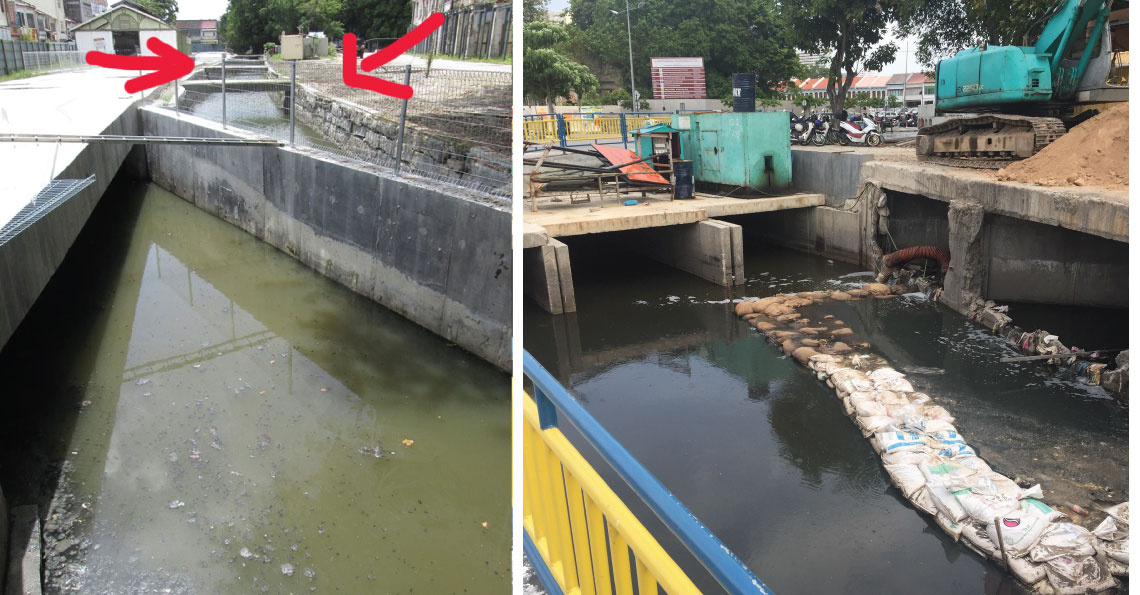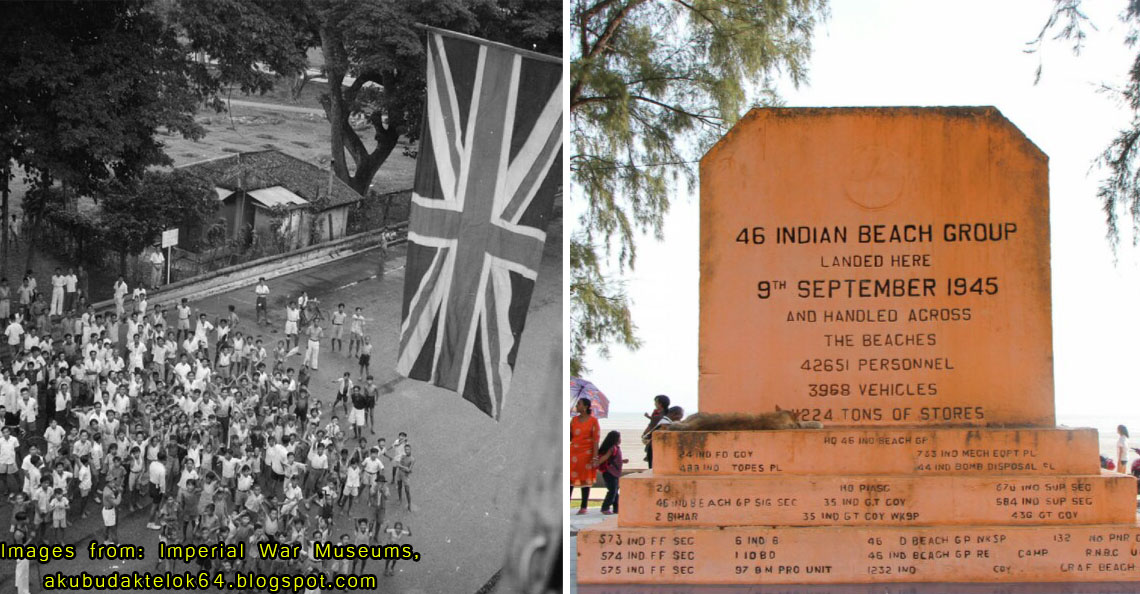This small Penang shophouse is where Dr Sun Yat-sen planned the end of the Chinese empire
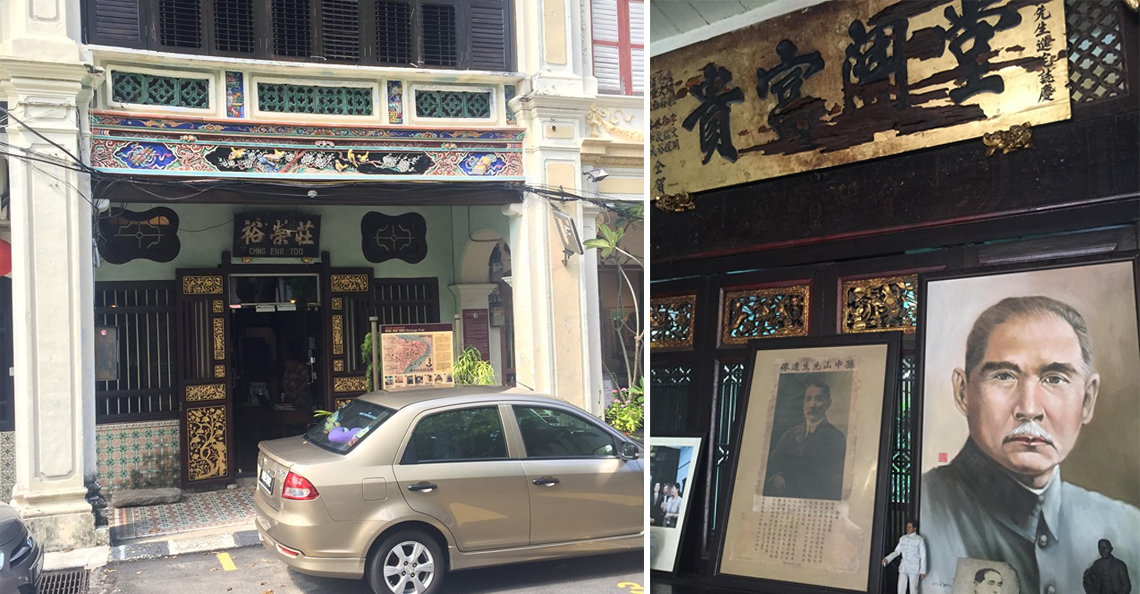
- 1.0KShares
- Facebook977
- Twitter8
- LinkedIn6
- Email5
- WhatsApp38
Special thanks to the Sun Yat-sen Museum in Penang.
The exploits of China’s revolutionary first President, Dr. Sun Yat-sen, are legendary. Known as the ‘Father of China’, he was not only responsible for overthrowing the last Emperor of China and introducing democracy to China (for a while), but he’s also one of few people to be revered in both mainland China as well as Taiwan.
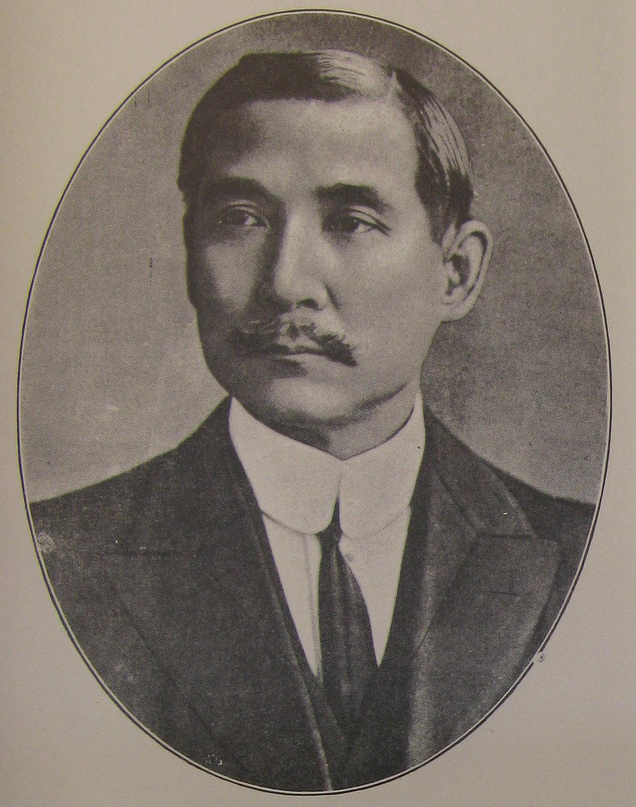
However, Dr. Sun Yat-sen didn’t go about it on his own; did you know that Penangites actually played a crucial role in the revolution that toppled China’s Imperial system once and for all? In fact, the house used by Sun Yat-sen as his base on Jalan Armenian, Penang, has been converted to a museum and is still standing to this day!
So, we decided to pay the place a visit and learn more about the role of Penangites in shaping the fate of modern China.
Sun Yat-sen was a Western-educated doctor unhappy with China’s Imperial government
Born Sun Wen in 1866, Sun Yat-sen studied medicine in Hawaii, where he discovered his love for Western culture and ideals. Despite not having a political background, angmoh-loving Sun was deeply troubled with China’s over-eagerness to retain its traditional ways under the conservative Qing (Manchu) Dynasty.
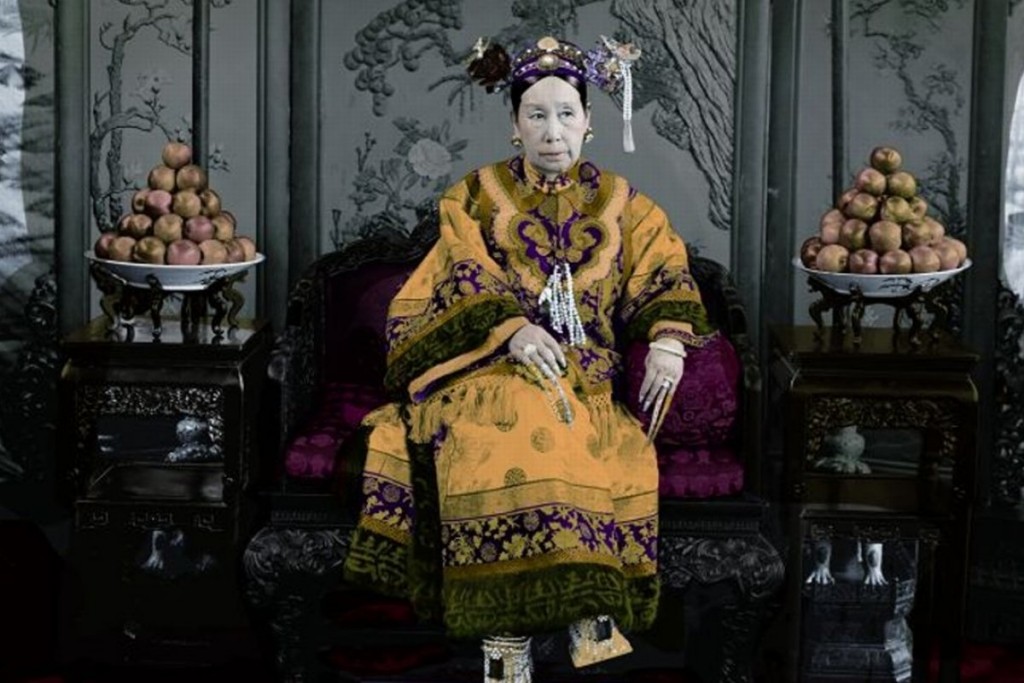
Motivated by his dissatisfaction of the Imperial family’s perceived backwardness, Sun abandoned his medical practice to realise his hopes of a modernised China. After getting ghosted by the local Qing viceroy in Tianjin, he traveled back to Hawaii to continue spreading his ideas to make China great again. There, he founded the Revive China Society in 1894, and with the support of the local Chinese in Hawaii, he built a strong network with overseas Chinese across the world.
In 1895, China lost to a modernised Imperial Japanese Army in the First Sino-Japanese War, and Sun wanted to use this humiliating butt-whooping as proof of China’s backwardness.
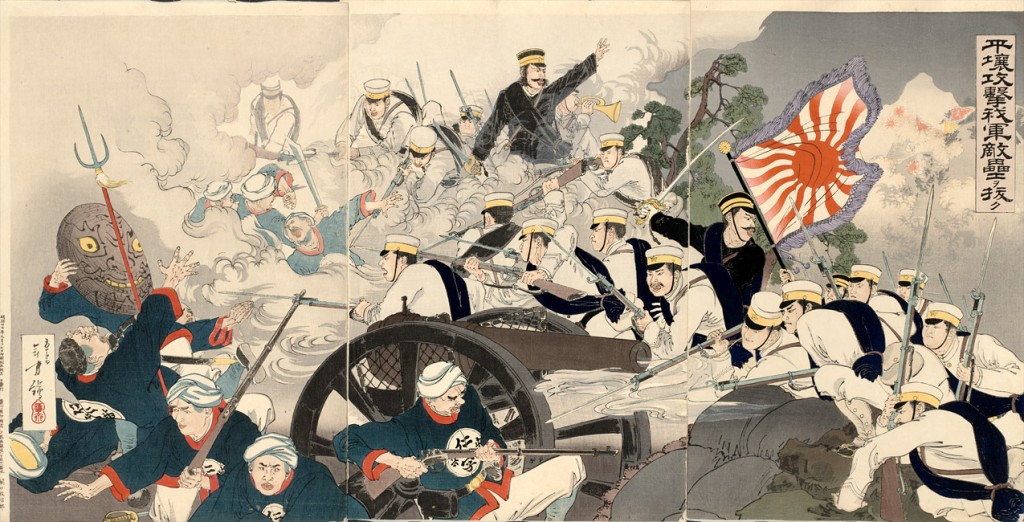
He hoped to take advantage of the war with a plot to start an uprising against the Qing in Guangzhou. However, the plans for the uprising were leaked and Sun was forced into exile, fleeing to the United Kingdom (where he got arrested, for some reason), and then to Japan, via Canada.
Whilst in Japan (whose political model he wanted to emulate), he founded his political party named Tongmenghui (China Revolutionary Alliance). However, the Japanese government were being pressured by the Qing to expel him, which they did in 1907.
Sun Yat-sen then went to where most Overseas Chinese people go to: British Malaya
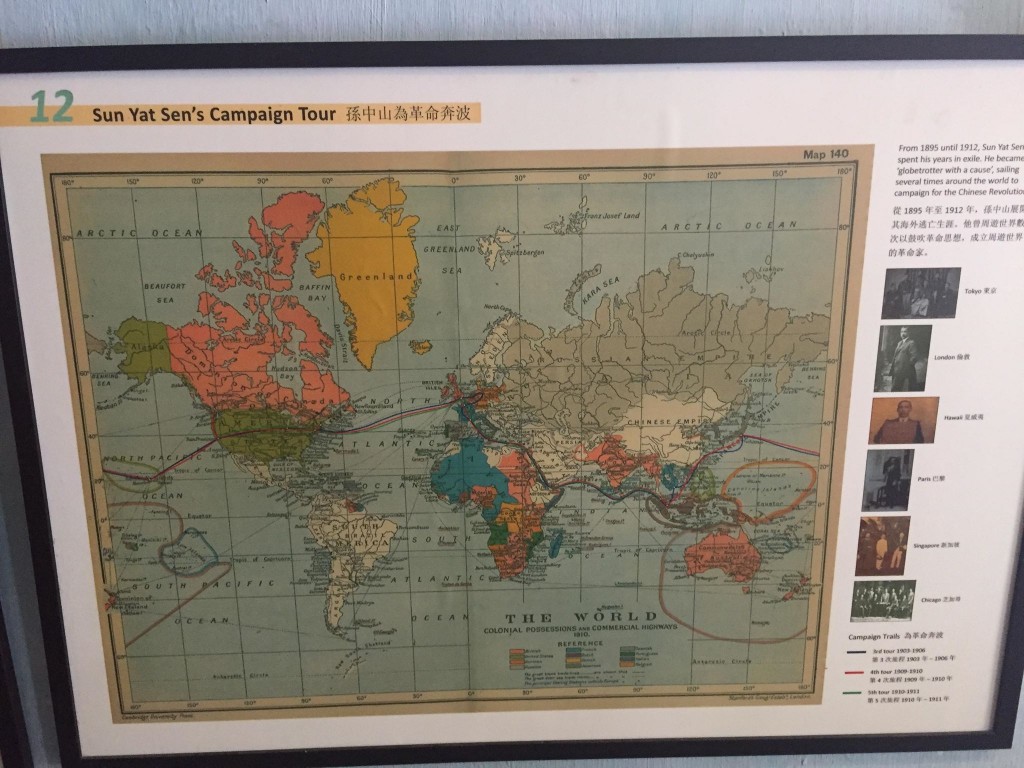
Such was Sun’s influence that there was even a branch of Tongmenghui in Penang, British Malaya. Formed by Sun’s key supporters in Malaya, Goh Say Eng and Ng Kim Kheng, Penang’s Tongmenghui were an underground branch that operated in the shadows under the guise of the Penang Philomatic Union, a newspaper and reading club formed in 1908.
Operating out of 102 Armenian Street, the society’s public talks and cultural activities attracted large audiences. The location itself was chosen thanks to its close proximity to the owners’ businesses, as well as its back door escape which could be used in case of unwanted visitors or a raid.

Having been barred from nearly every country in the region, Chinese Zakir Naik Sun went to Singapore (faring no better there either), and then to Penang on 19th July 1910. There, he received a hero’s welcome by the local Chinese populace, who looked at him not just as a revolutionary leader, but also as somewhat of a ‘Godfather’ figure:
“Even the gangster heads, the heads for Bendera Merah and Bendera Putih were willing to ignore differences to help Dr. Sun.” – Adrien Kony (not his real name), former volunteer at Sun Yat-sen Museum Penang
Because of overseas pressure from the Qing government, he was forced to shift the Tongmenghui’s Nanyang headquarters to Penang, and the Penang Philomatic Union on 120 Armenian Street would become Sun’s base of operations in British Malaya.
Many Penangites would help Dr Sun with his riskiest plan yet
Having seen eight uprisings fail following the Sino-Japanese War, Sun was in desperation mode. He wanted to launch ‘the big one’: a major uprising in Guangzhou, China to finally topple the Qing Dynasty. On 13th November 1910, Sun would call the Penang Conference to plan what is known today as the Huanghuagang/Guangzhou Huang Hua Uprising.
However, there was one big problem: Sun’s family was bankrupt, and he needed funds to pull off the uprising:
“ What our comrades are hesitating over is the lack of funds and arms…” – Sun Yat-sen at the strategy planning meeting at 404 Dato’ Kramat Road, 13th November 1910
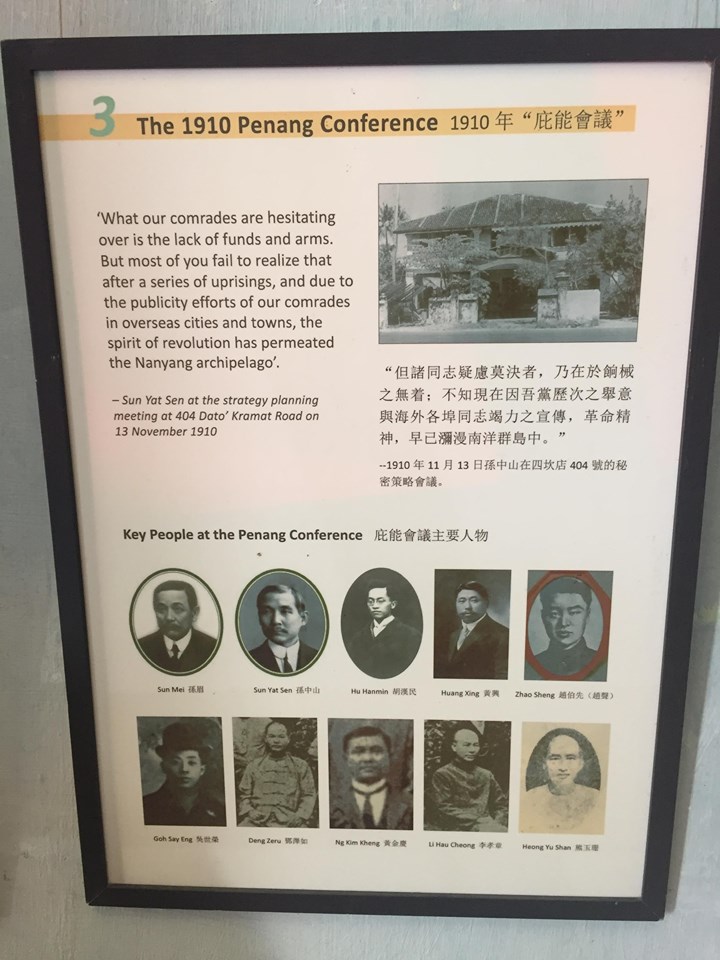
Hence, the very next day, Sun called an emergency fundraising meeting at the Armenian Street base. There, the charismatic Sun delivered a rousing speech to the attendees at the meeting:
“Every time I meet you I always ask for donations… but with the burden of responsibility on my shoulders, who else can I ask help from, if not from you, my sympathetic comrades?… You can help shoulder the responsibility of saving our country by donating your money, while our comrades in our country are sacrificing their lives.” – Sun Yat-sen at the fundraising meeting at the Penang Philomatic Union, 14th November 1910
This historic event was immortalised in the Chinese film ‘Road to Dawn’, shot entirely on location in Penang:

The response to Sun’s request was overwhelming; he managed to raise a whopping 8,000 Straits Dollars (roughly RM112,000 in today’s money) in one day! Such was their belief in him that even the aforementioned founder of the Penang Tongmenghui, Goh Say Eng sold off his family properties to finance the revolution and died a pauper in 1941. Talk about loyalty.
However, allegedly due to his public criticism of British colonial rule, Sun was banned from Malaya by the British colonial government, which prompted him to flee to the United States. Despite this, Sun went on to raise a total of $186,636 for the cause, much more than his projected goal of $100,000. The Huanghuagang Uprising was a go.
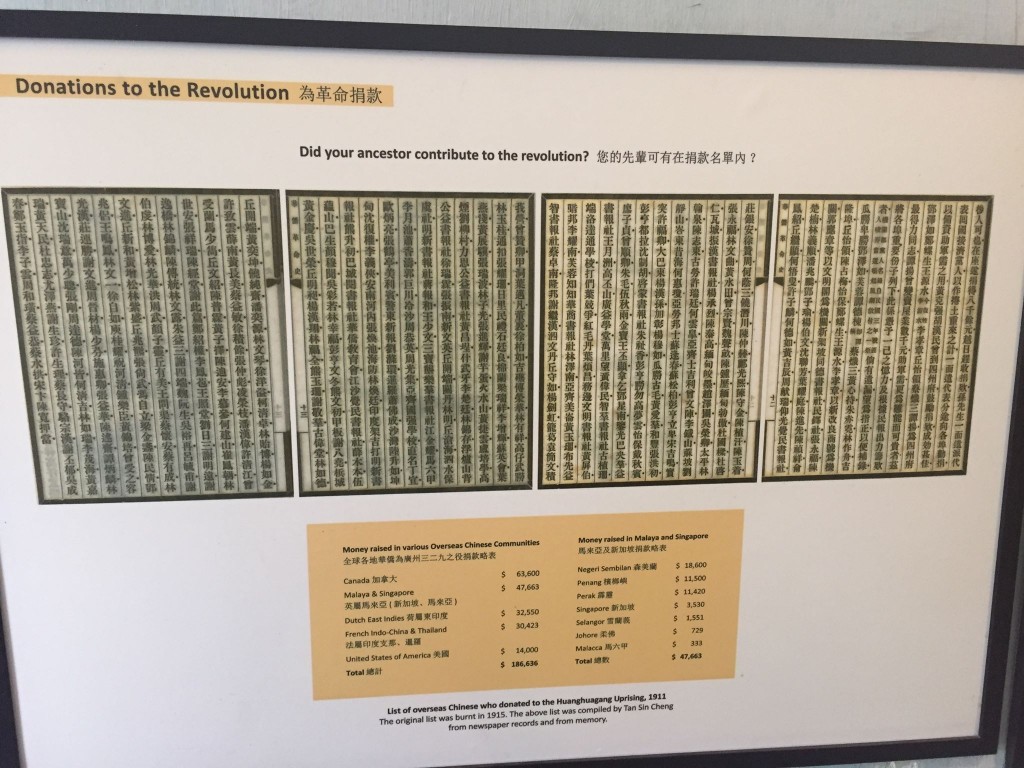
The Huanghuagang Uprising failed spectacularly, but it was the beginning of the end for the Qing Dynasty
Although the revolutionaries stormed the residence of the Qing viceroy of Guangdong and achieved initial success, they were vastly outnumbered. Qing reinforcements turned the tide and wiped out most of the revolutionaries. A movie was made about the uprising, titled ’72 Heroes’.
Among the dead were four men from Penang who had taken part in the battle:

However, this sacrifice inspired a bigger revolution in Wuchang, as well as other revolutions all over China, in what is known today as the Xinhai Revolution. As a result, 18 provinces voted to secede from the Qing dynasty, and Sun Yat-sen, finally returning to China after 16 years of exile, was elected first President of the Republic of China, thus ending over 2,000 years of Imperial rule in China.
Dr Sun’s exploits have been immortalised in Penang’s Sun Yat Sen Museum

Sun resigned his post shortly after being appointed, and the years that followed in early democratic China were anything but smooth sailing. Of course, we all know that ‘democratic’ China brings a totally different meaning nowadays, but the ideals laid down by Sun Yat-sen became the foundation for many similar nationalistic uprisings across Asia:
“Therefore, if all the Chinese people regarded [Sun] as their champion, you can be certain that I, Bung Karno, an Indonesian with the profoundest respect, will be deeply grateful to Dr. Sun Yat Sen until the day I die.” – Soekarno, first President of Indonesia
But after all’s been said and done, it’s amazing to consider that the revolution that led to the downfall of the 2,000 year-old Chinese Empire started in a small shophouse in Penang. You can go visit it too – that very same shophouse has been restored, converted to a museum, and is open to the public.
If you enjoyed this story and want more like this, please subscribe to our HARI INI DALAM SEJARAH Facebook group ?
- 1.0KShares
- Facebook977
- Twitter8
- LinkedIn6
- Email5
- WhatsApp38

